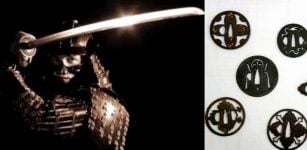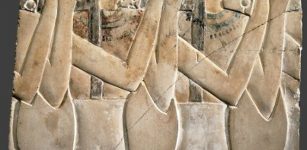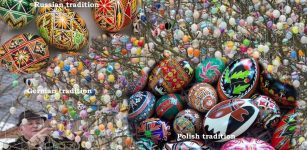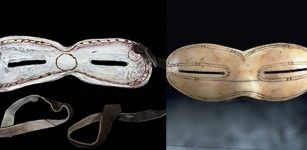Dresden Codex – The Oldest And Best Preserved Book Of The Maya
MessageToEagle.com – Only four Mayan pictorial manuscripts have survived the organized book-burnings of Franciscan missionaries following the Spanish Conquest.
None of these pre-Conquest manuscripts, record chronicles or any type of history; they instead contain astronomy, divination, rituals and calendars.
Codex Dresden or Codex Dresdens is superior to the other three surviving Mayan codices. It’s the oldest and best preserved book of the Maya, which was written and painted on amatl paper (made from the bark of a ficus tree), around 1200 and 1250 in the Yucatan Peninsula.
It was purchased for the Dresden court library in 1739 in Vienna, Austria as a ‘Mexican book’ and in 1853 it was identified as a Mayan manuscript.

Artistically the Dresden Codex is superior to the other three surviving Mayan codices.
The Dresden Codex is 3.5 meters long, fan folded into 39, 9 centimeter wide pages, 20.4 centimeters high and painted on both sides. The paper itself is made from the fibers of a species of Ficus tree, called Amate in Yukatek, and coated with a fine layer of lime plaster. While the texts and numbers are painted in thin line red and black, the associated images are illustrated in beautiful polychromatic detail.
Scholars have suggested that the Dresden is the work of no less than eight distinct scribes.
See also:
The Maya Produced Rubber 3,000 Years Before Goodyear
Ancient Mayans Used Saunas For Healing Purposes
More Fascinating Ancient History Facts
It contains various almanacs, divination calendars, astronomical tables, ritual regulations and numerous representations of gods and calendars of Venus.
The Dresden Codex is a key document for the decipherment of Maya hieroglyphs and for the study of astronomy and chronology of the Maya.
While many other codices from pre-Columbian Mesoamerica exist, only the Dresden, Paris, Madrid, and Grolier Codices were written by the Maya. Exactly where the Dresden was written remains unknown.
MessageToEagle.com










